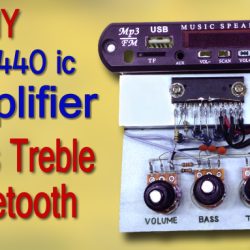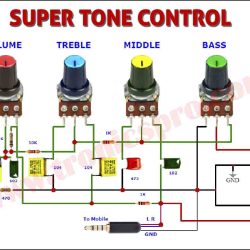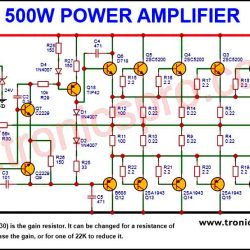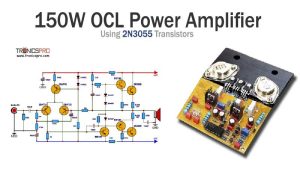Introduction
In today’s technological era, the use of current meters has become essential for various applications, such as measuring power consumption, monitoring electrical equipment, and ensuring efficient energy usage. While there are several commercial options available in the market, making your own current meter using Arduino can be an exciting and cost-effective project. Arduino, a popular open-source electronics platform, allows you to create your own custom-designed current meter with the added advantage of flexibility and compatibility with other devices. In this article, we will guide you through the process of making a current meter using Arduino, enabling you to monitor and analyze current consumption with ease. We will also explore the functionalities and applications of Arduino Nano and the 3 Digit 7 Segment (CA) display.

Circuit Diagram of Current Meter using Arduino
This Current Meter using Arduino project can be designed using a few basic components. The circuit diagram of this project is shown below.
More Circuit Layouts


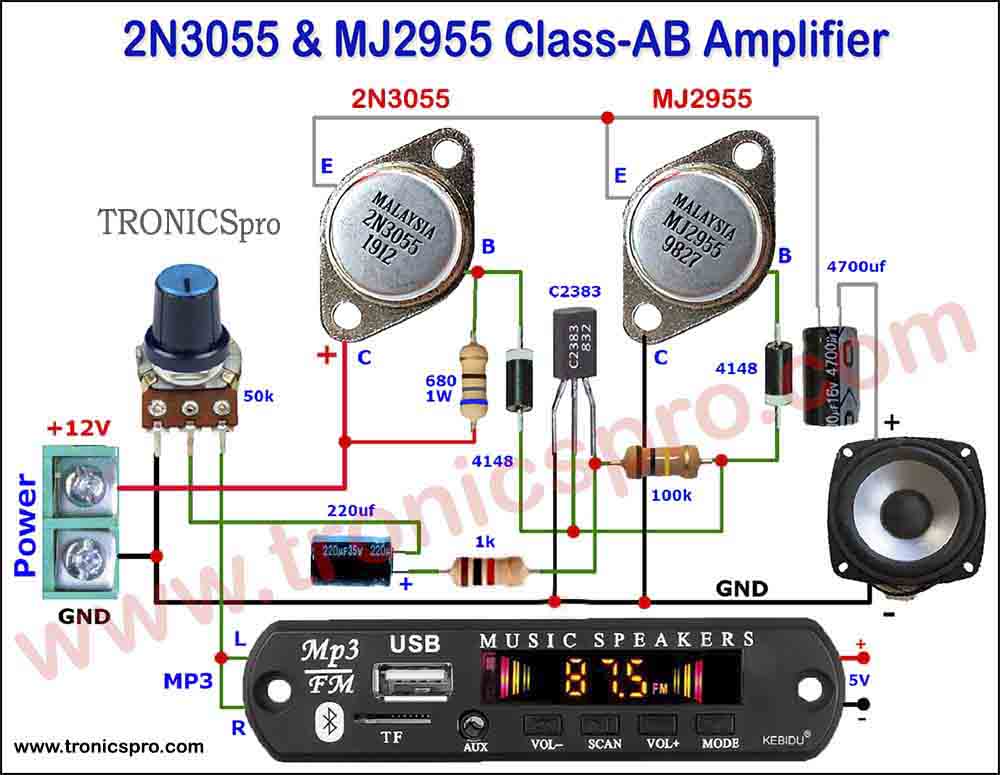

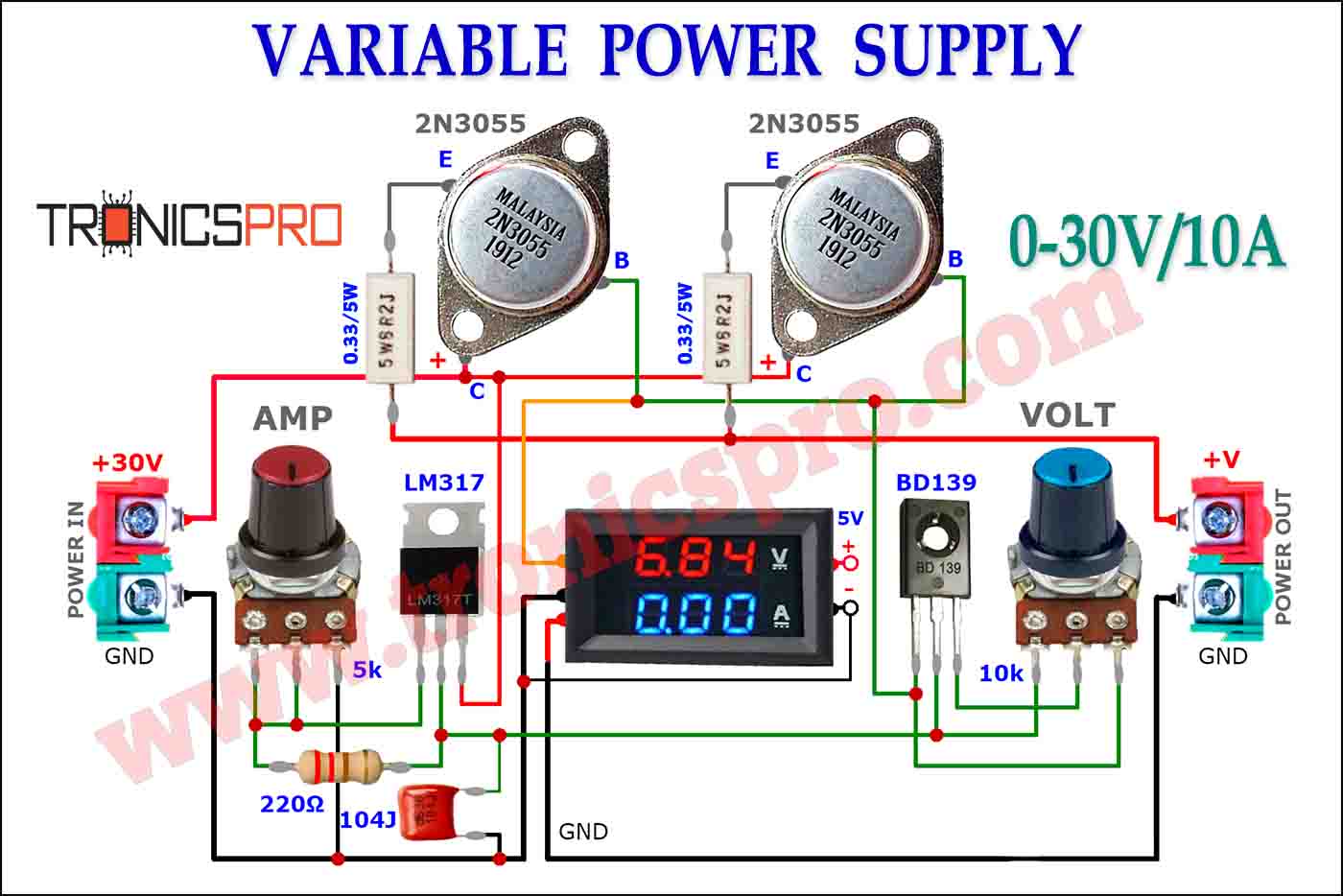
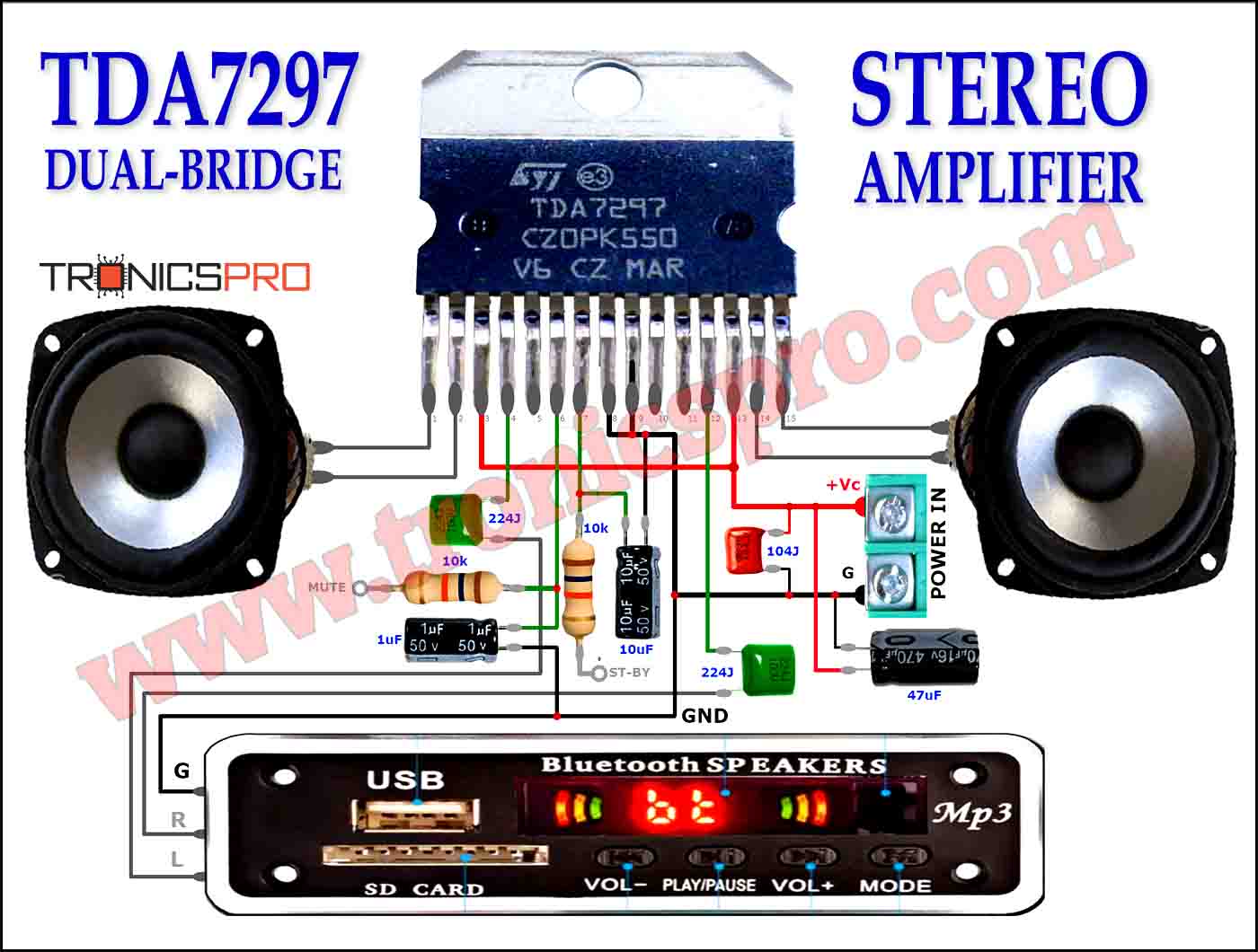

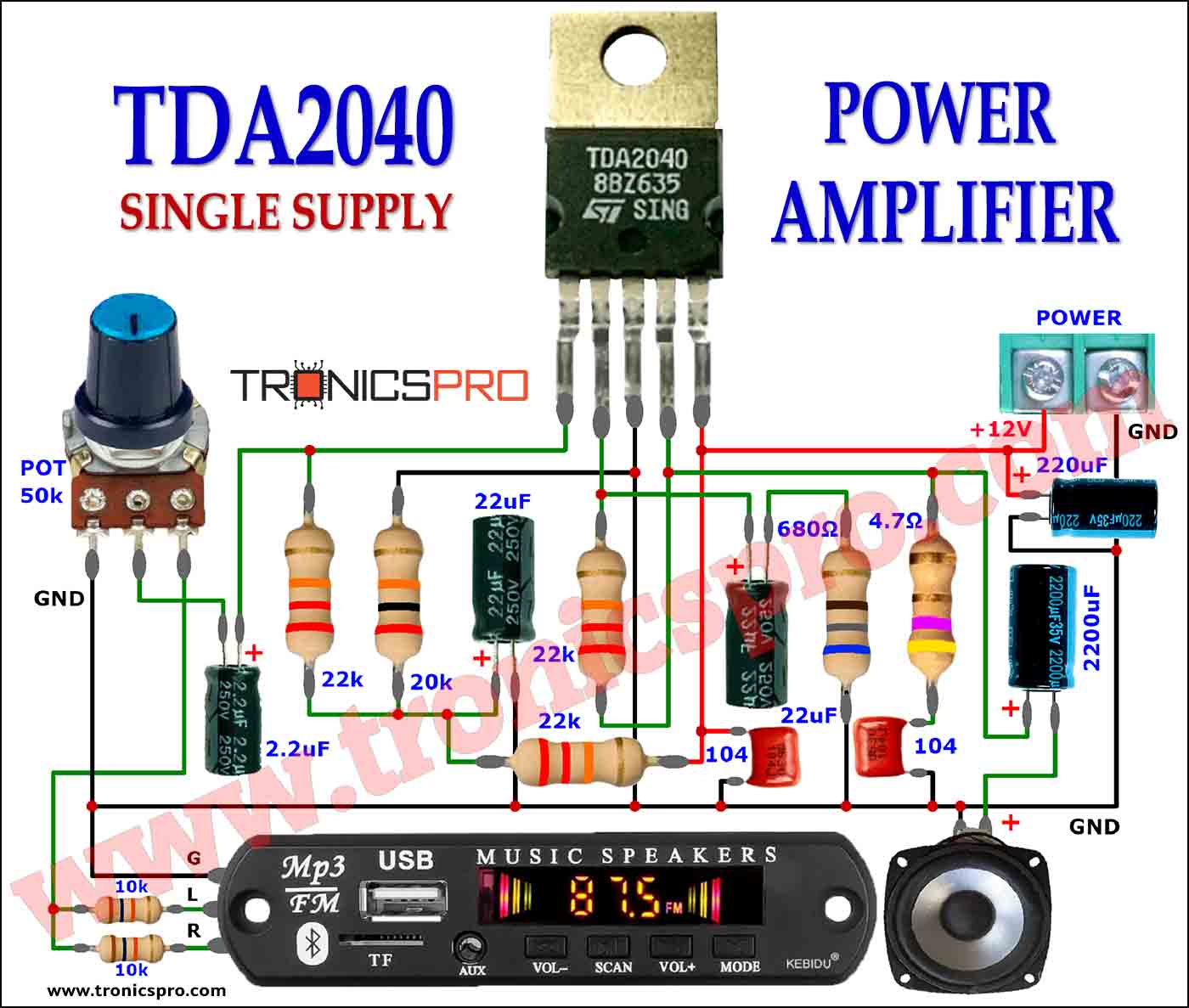
Components List of Current Meter using Arduino
Following is the list of all components used in this project:
- 1X ARDUINO NANO
- 1X 3 DIGIT 7 SEGMENT (CA)
- 2X 10uF CAPACITORS
- 1X 0.33OHM 5W RESISTOR
- 2X 2 PIN TERMINAL BLOCK
- 1X PREF BOARD
- JUMPER WIRES
Arduino Code File:
Project Zip File:
Code Text File:
Major Components of Current Meter using Arduino
A current meter is a device used to measure the electrical current flowing through a circuit. It provides valuable information about the power consumption of various electrical devices and plays a crucial role in energy monitoring and management.
Arduino Nano:
Arduino Nano is a small yet powerful microcontroller board based on the ATmega328P microcontroller. It is designed for applications where space is a constraint and offers a wide range of features and functionality. Arduino Nano can be programmed using the Arduino IDE (Integrated Development Environment), making it easy for beginners and experienced users alike to write and upload code.
Features:
- Compact Size: Arduino Nano is known for its small size, which makes it ideal for projects with limited space.
- Digital and Analog I/O: Arduino Nano has a sufficient number of digital and analog pins, allowing users to interface with various sensors, devices, and components.
- USB Interface: It has a built-in USB interface that simplifies programming and ensures easy communication with a computer.
- PWM Outputs: Arduino Nano offers Pulse Width Modulation (PWM) outputs, enabling users to control the intensity of LEDs, motor speed, and more.
- Serial Communication: With UART (Universal Asynchronous Receiver Transmitter) capabilities, Arduino Nano can easily communicate with other devices via a serial interface.
- 5V and 3.3V Power Outputs: It provides both 5V and 3.3V power outputs, allowing users to power other components directly from the board.
Applications:
Arduino Nano finds applications in a wide range of projects such as home automation, robotics, sensor-based systems, IoT (Internet of Things), data logging, and much more. Its small size and capability to handle various tasks make it a popular choice among hobbyists, students, and professionals.
3 Digit 7 Segment (CA) Display:
A 3 Digit 7 Segment (CA) display is a commonly used output device that can visually represent numbers and some characters. It consists of seven segments (a-g) and a dot (DP) that can be illuminated to form combinations and display different numbers from 0 to 9 and specific characters.
The “CA” in 3 Digit 7 Segment (CA) stands for “Common Anode,” which means the common pin of all segments is connected to the positive side of the power supply. To display a specific number or character, the particular segments are turned on by sending a logic HIGH signal to their respective pins.
Applications:
The 3 Digit 7 Segment (CA) display is widely used in various devices and systems that require numerical or character indication. Some common applications include digital clocks, calculators, counter displays, temperature indicators, and many more.
Conclusion of Current Meter using Arduino
In conclusion, creating your own current meter using Arduino provides a valuable opportunity to design a customized device tailored to your specific needs while keeping the costs low. By following the steps outlined in this article and utilizing the versatility of Arduino, you can easily build a reliable and accurate current meter. Whether you are a hobbyist, a student, or a professional in the field of electrical engineering, this DIY project enables you to gain hands-on experience and knowledge in monitoring and analyzing electrical current. Embrace the potential of Arduino and embark on this exciting journey of creating your very own current meter, contributing to your understanding of energy consumption and conservation.
More projects, You may like:
- Video Transmitter DIY Homemade FM Radio Transmitter
- Adjustable Power Supply DIY Battery Charger
- 12V-220V 500 Watt inverter DIY Homemade
- 12V-220V H-Bridge Inverter DIY Homemade
- MPPT Solar Charge Controller DIY Homemade
- 18650 battery bank free charge protection module
- D718 B688 Bass Amplifier Homemade DIY
- C5200 Bass Amplifier DIY Homemade with Volume
- DIY LA4440 bass amplifier homemade
- C5200 A1943 TDA2030 Amplifier DIY Homemade
For more project and circuit diagrams, you can go through the Schematics in the main menu where you can find many interesting projects and circuit diagrams like audio amplifier circuits, voltage booster circuit, battery charger circuit and timer circuits etc., which are all beginner circuit projects. Feel free to check them out!

Thank you for visiting the article.













